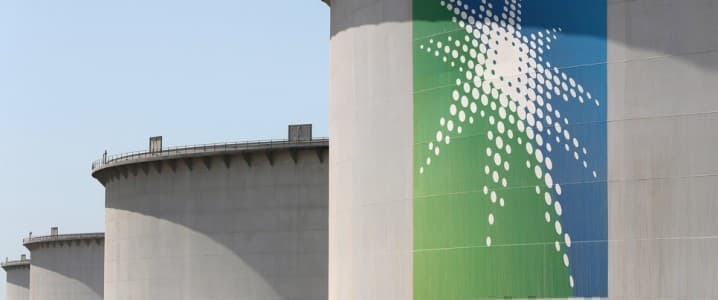Saudi Aramco is in no hurry to expand its oil production capacity to 13 million bpd as it said it would last year just as the pandemic was beginning to spread across the world.
The company’s chief executive said during the webcast presenting Aramco’s results that the capacity increase will come gradually rather than all at once, even though work could accelerate if demand recovers to such a degree that it becomes necessary.
Amin Nasser said last March that the Saudi Energy Ministry had instructed the company to boost production capacity from 12 million bpd to 13 million bpd in response to Russia’s refusal to deepen production cuts agreed to by OPEC+ members. The price war did not last long; the pandemic soon began to take its toll on oil demand, eventually leading to much deeper production cuts—including by Russia—and shelving any plans for a production capacity boost.
Before the price war, Saudi Arabia was producing less than 11 million bpd, but it quickly boosted this to over 11 million bpd in March and further to 12 million bpd in April as a show of power and proof—in case anyone needed one—that it can ramp up production a lot faster than other producers.
This quick ramp-up ultimately came back to bite Saudi Arabia as it contributed to a massive surplus of crude oil at a time when demand was crashing. This surplus caused a price drop even though OPEC+ continued to exist and curb production. Eventually, the extended cartel agreed to cut 7.7 million bpd in combined production to prop up prices.
This may have slowed down the decline, but it took months for the new, much deeper cuts to start having a positive effect on oil prices. Even then, prices were not high enough for Saudi Arabia: the Kingdom booked a hefty deficit for 2020 and is about to book one for this year as well unless prices jump considerably. Related: Saudi Arabia Sidelined By Biden's Middle East Strategy
As a result, Saudi Arabia pledged this year that it will undertake an additional, unilateral cut of 1 million bpd on top of its OPEC+ quota. This brought its average daily production to just 8.15 million bpd as of February, according to the latest Monthly Oil Market Report of the cartel.
The February figure was 930,000 bpd lower than the average for January and compared with an average of 9.77 million bpd for 2019 and 9.18 million bpd for 2020. Saudi Arabia has said it would keep the voluntary cuts in place for now.
Aramco reported a 44-percent drop in net profits for 2020 as it suffered its share of pain caused by the pandemic. The company said it will maintain its annual dividend of $75 billion. However, some analysts have noted that it may have to borrow to make the payout. The company said it had free cash flow of $49 billion—the same amount as its 2020 net profit—but also announced a capex plan of $35 billion.
In such circumstances, boosting production capacity when you are pumping at more than 2 million bpd below the capacity you already have seems like a questionable idea. Some analysts are quite bullish on oil, allowing for the possibility that Brent could hit $100 per barrel before the year’s end.
They note the return of demand and the oil industry’s tightened investment purses that could swing the market into a deficit. Yet, there is no certainty that current trends will continue long enough to justify a sudden return to capacity growth plans for the Saudis. The decision, therefore, to delay the boost seems like the only reasonable one Aramco could make.
By Irina Slav for Oilprice.com
More Top Reads From Oilprice.com:
- Oil Plunges As European Countries Extend Lockdowns
- Saudi Arabia Sidelined By Biden's Middle East Strategy
- Signs Of Strong Oil Demand Recovery Are Emerging



















The reason is that 90% of Saudi oil production comes from five giant oilfields: Ghawar, Safaniya, Hanifa, Khurais and Zuluf all of which are more than 73 years old and are being kept producing by a huge injection of water with Ghawar accounting for 50% of total production. Aramco itself admitted in its prospectus that that Ghawar’s production has already declined from 5 million barrels a day (mbd) to 3.8 mbd. If this is the case, then it is safe to assume that the other major fields of the same age of Ghawar must also be declining.
Saudi production peaked at 9.6 mbd in 2005 and has been in decline since. The maximum Saudi Arabia can produce is 8.5-9.0 mbd. Anything above that comes from its oil inventory.
Dr Mamdouh G Salameh
International Oil Economist
Visiting Professor of Energy Economics at ESCP Europe Business School, London